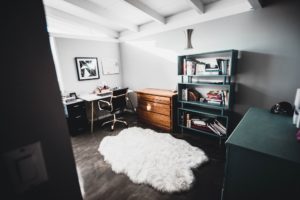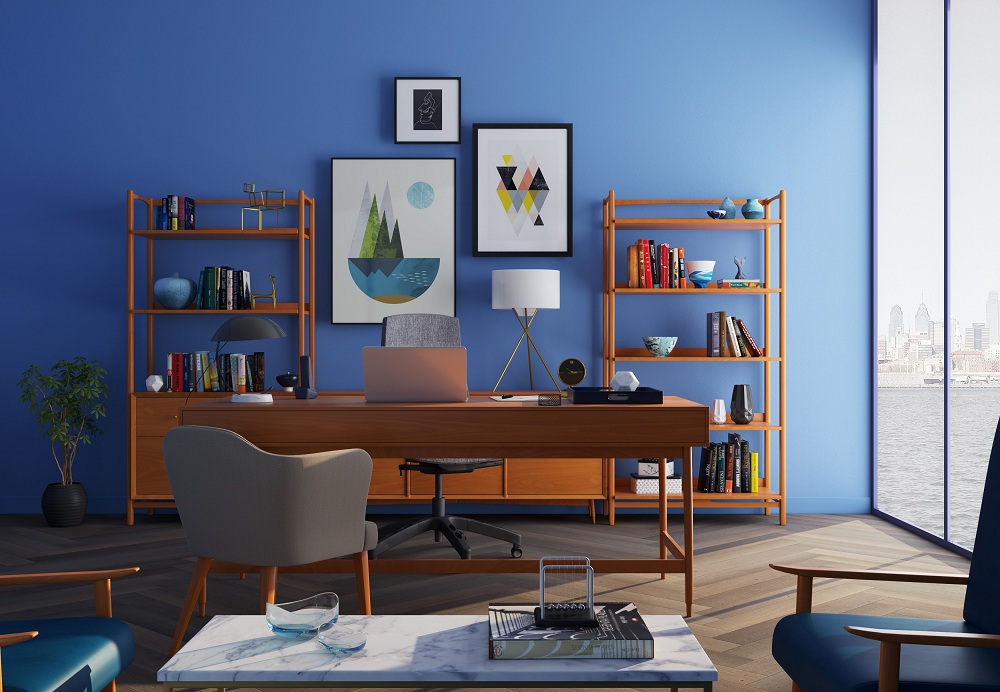About 3.9 million Americans are now working at home, says FlexJobs in its 2018 State of the Remote Job Marketplace report. Remote workers, according to the report, make up 2.9 percent of the country’s total workforce.
The Quest for Work-Life Balance
There are many reasons why these people choose to work from home, and one of them is they want to have more time for themselves and their families. Many on-site employees spend an hour or more commuting to work. Unless they move to a place within walking distance of their offices, they may only have two to three hours to spend with their families every night before their kids go to bed.
The desire to have more quality time with loved ones explains people’s drive to maintain a proper balance between work and leisure. Many acknowledge that although a career is important, personal relationships and family life shouldn’t have to suffer for it. Hence, many choose to work from home whenever the opportunity goes their way.
This brings us to our topic at hand: how to design a home office that will help you achieve work-life balance.
Designing Your Home Office: 3 Things to Consider
There are countless ways to put together a home office, but for this discussion, we’ll limit our tips to ones that help achieve these goals:
- Create a dedicated space for working.
- Ensure said workspace is accessible to the rest of your household.
By keeping these in mind, you can have a home office where you can focus on work while you’re on the clock. At the same time, it will give you an unfettered view of the main rooms in your house where the rest of your family presumably spends the most time.
Here are the three things you need to consider.
Open-Floor Plans
 Instead of converting a den or spare bedroom into an enclosed office, consider setting up a work “corner” in one of the bigger common rooms in the house. For example, if you have an expansive living room, you can claim one corner that faces the garden or backyard as your work area. Not only do you get a beautiful outdoor view, but you can also keep an eye on your little ones as you browse your emails and do other non-urgent tasks early in the morning.
Instead of converting a den or spare bedroom into an enclosed office, consider setting up a work “corner” in one of the bigger common rooms in the house. For example, if you have an expansive living room, you can claim one corner that faces the garden or backyard as your work area. Not only do you get a beautiful outdoor view, but you can also keep an eye on your little ones as you browse your emails and do other non-urgent tasks early in the morning.
Design Tips: Arrange the living room furniture at the center of the room and leave enough space in the corner or on the side for your work desk and chair. By grouping furniture, you won’t need partitions to distinguish one area from the other.
Partitions
In line with the open-floor concept, you can use partitions if you need something tangible to mark your work area from the rest of the house. The idea, however, is to use barriers that do not entirely block your line of sight.
It’s a classic trick to make a room look and feel bigger. You get a designated workspace, yet you won’t feel closed-off from everyone else in your home.
Design Tips: Avoid any solid partition that completely blocks the view from your office to the rest of your house. Instead, consider the following:
- carpets and rugs (demarcate your workspace using floor cues)
- a bare-back shelf with several strategically-empty cubicles
- hanging partitions (except heavy curtains)
- indoor plants
- low shelving
- translucent shoji or Japanese walls
Furnishings
 In Sex and the City: The Movie, Sarah Jessica Parker’s Carrie Bradshaw said, “It’s all about the desk. If I find the desk, the writing will come.” She believed she’d find her groove in writing again as soon as she gets a desk with the perfect height and design.
In Sex and the City: The Movie, Sarah Jessica Parker’s Carrie Bradshaw said, “It’s all about the desk. If I find the desk, the writing will come.” She believed she’d find her groove in writing again as soon as she gets a desk with the perfect height and design.
She’s right: your choice of a desk can make a difference. If it’s uncomfortable or too high or too low, it can be detrimental to your productivity. If you are to spend three hours at a time in front of a computer, you had best be comfortable.
You might be wondering why we’re discussing furniture when we’re talking about work-life balance for telecommuting employees. Put it this way: if you can’t be productive while working at home, you could be at risk of losing your job. As much as you want to spend the majority of your time at home, unemployment is not the right solution. So focus on making your designated office conducive to working.
Design Tips: Choose a desk that’s just the right height and an ergonomic chair that lets you sit up straight, keep your feet are flat on the floor and your knees at a 90-degree-angle, and rest your arms comfortably on the table as you type.
Your Entire Home as Your Office?
No matter how decked out your home office is, there might be days when you’ll want a change of environment. Working in another part of the house can alleviate boredom and prevent your space from feeling like a productivity black hole.
 Keep this in mind when you’re redesigning or buying new furniture for other rooms in your house. Consider the potential of each room. Can picture yourself sitting in a particular spot with your laptop while sipping your morning coffee? Do you think you can answer your emails in the same room where the rest of your family hangs out late in the afternoons? If your answers are yes, then design and furnish those areas with your needs in mind.
Keep this in mind when you’re redesigning or buying new furniture for other rooms in your house. Consider the potential of each room. Can picture yourself sitting in a particular spot with your laptop while sipping your morning coffee? Do you think you can answer your emails in the same room where the rest of your family hangs out late in the afternoons? If your answers are yes, then design and furnish those areas with your needs in mind.
Design Tips:
Kitchen: Get bar stools for the center island or the counter that faces the dining area. Install an electric outlet in the nearest wall or underneath the counter, similar to the ones in coffee shops.
Living Room: Accessorize your sofa with large cushions that you can use to sit on while your laptop is on the coffee table. Alternatively, you can have a fluffy rug if your coffee table is low enough that you’re comfortable sitting right on the floor.
Patio or Balcony: Use wood chairs or customize cushions for outdoor steel chairs, so you get optimum comfort while sitting outdoors. Install an accessible electric outlet, outdoor lights that sufficiently illuminate the area should you wish to work at night, and a cantilevered patio umbrella to protect you from the sun’s heat during the day.
Bedroom: A portable, foldable bed desk is handy if you don’t have floor space for a proper desk and chair. If, however, your space is limited but also don’t like working on a bed desk, you can hire a furniture designer to build a wall-mounted study desk that opens over your bed. It’s similar to a bed desk, only more stable. You could even use the top ledge as extra shelf space.
With these tips, you can truly maximize your home not only as a place for family but also for your career. Enjoy work-life balance by making your home conform to your needs.

